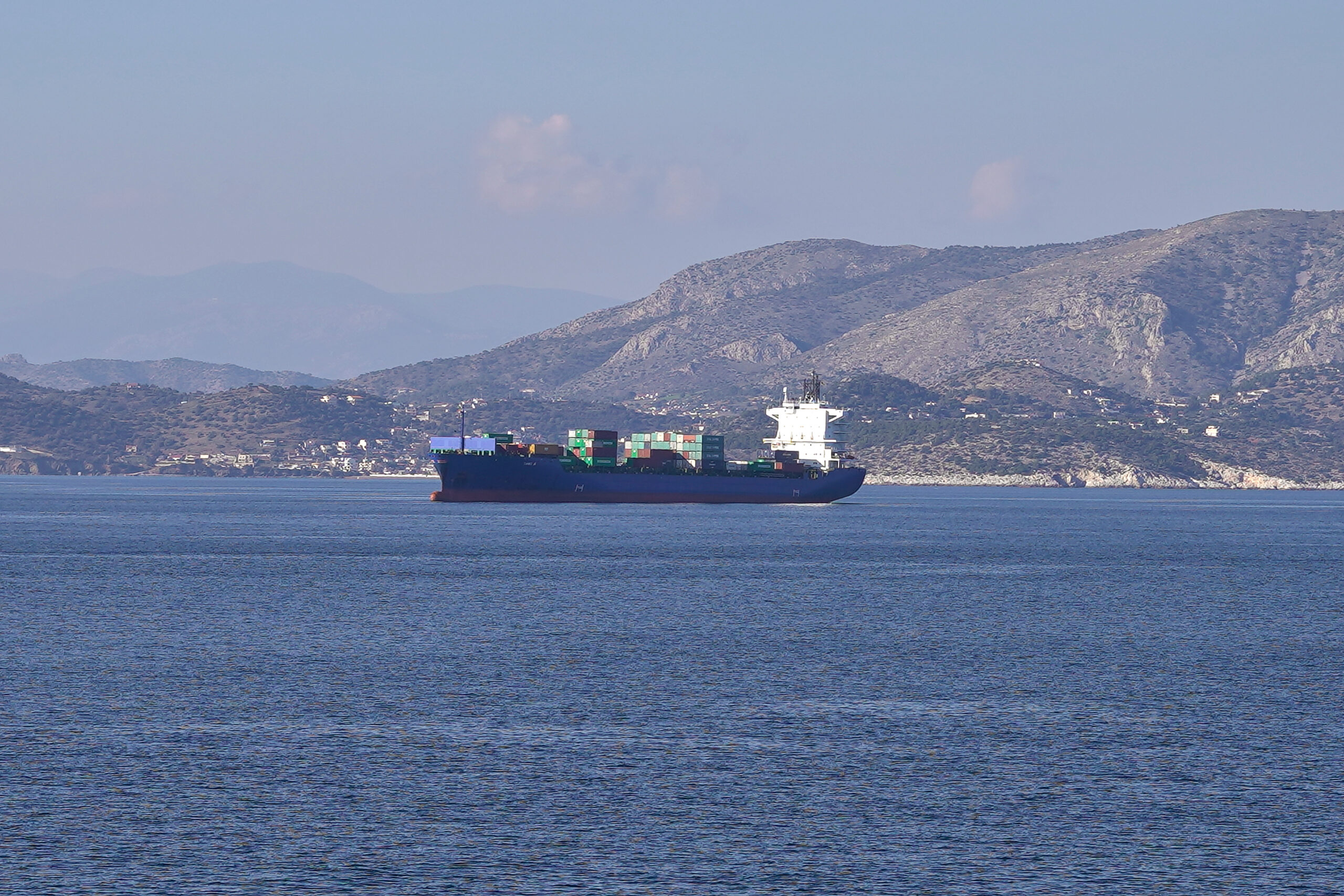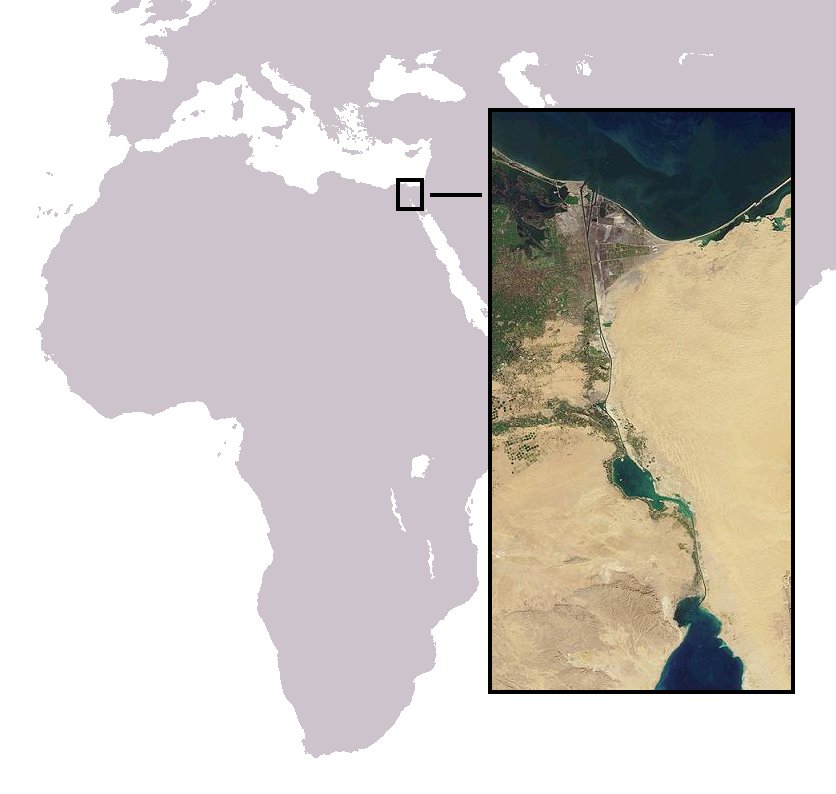
Global Shipping Issues & Red Sea Crisis
Container freight rates have increased by more than 30% over the last month, with shipping costs projected to rise even further as importers prepare for the tumultuous summer season.
Ship diversions from the Red Sea are a major contributing factor to this issue – the Suez Canal was once used by roughly 30% of all global shipping vessels, but with frequent attacks by Houthi Rebels and Somali Pirates threatening to disrupt or destroy shipping lines within the region, many vessels are avoiding this route and instead traveling around the Cape of Good Hope.

This alternate route increases travel time by around 3 weeks for most vessels, turning a typical 4-week journey into a 7 or 8-week marathon. As travel time increases, the cost of operating and maintaining shipping vessels also increases, resulting in price increases for most goods shipped by sea. Ship owners and brokers say that “9 out of 10 large container ships are diverting away from the Red Sea” as of May 2024, citing the string of attacks by Iran-backed Houthi Rebels as the primary reason for establishing their new routes.
In China, shipping costs are also expected to increase in tandem with the nation’s growing electric car industry. Manufacturing and shipping electric cars require a massive amount of cargo space on shipping vessels, which results in heavy price increases for reserving what little cargo space remains. If this trend continues, it has the potential to be extremely disruptive for the Chinese freight industry for other goods, especially low-cost aroma chemicals and other basic materials that rely on low-cost transportation.

Only time will tell whether these increasing freight rates are a temporary issue, or if they represent a broader shift towards higher prices throughout the global shipping industry. Berjé will continue to communicate with our partners at-source in China and elsewhere, providing new updates as they become available.
See all info of:







